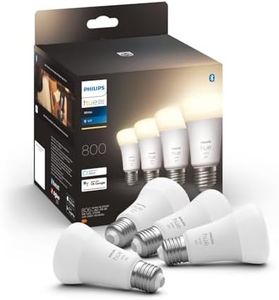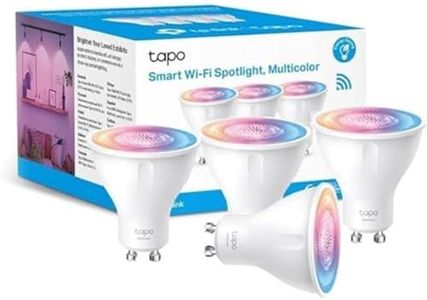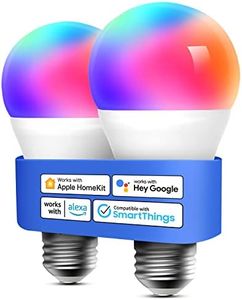We Use CookiesWe use cookies to enhance the security, performance,
functionality and for analytical and promotional activities. By continuing to browse this site you
are agreeing to our privacy policy
10 Best Smart Bulbs For Google Home
From leading brands and best sellers available on the web.Buying Guide for the Best Smart Bulbs For Google Home
Choosing a smart bulb for Google Home is a great way to add convenience and ambiance to your home. The right bulb should fit your needs in terms of brightness, color, and ease of control, while being fully compatible with your Google devices. To make an informed choice, it's important to understand the main features and how they impact your day-to-day experience. Always check how the features align with your lifestyle, your space, and how you want to use the lighting—whether for reading, relaxation, security, or smart routines.CompatibilityCompatibility refers to how well the smart bulb works with Google Home and possibly other smart home systems. A bulb that's 'Works with Google Assistant' certified can be easily controlled via your voice or app. This is important because not every smart bulb works directly with Google Home—some may need extra hubs or apps, and some may have limited functionality. When assessing compatibility, look for bulbs that mention direct support for Google Home or Google Assistant to ensure smooth setup and use. If you primarily use Google smart speakers or displays for control, choose a bulb that can be linked directly to your Google Home app without any extra equipment.
Brightness (Lumens)Brightness, measured in lumens, indicates how much light the bulb produces. This matters because you'll want your space to be appropriately lit for the activity—dimmer light for relaxation, brighter for reading or work. Most smart bulbs range from about 450 lumens (comparable to a 40W traditional bulb) up to 1100 lumens (like a 75W bulb). For cozy lamps in a bedroom, lower lumens may be best. For kitchens or workspaces, look for higher lumens to maintain visibility. Think about how you'll use each light—pick higher lumens if it's your main lighting, or lower for accent or mood lighting.
Color and Temperature OptionsMany smart bulbs offer both white and color-changing options, as well as the ability to adjust the 'temperature' of white light from warm (yellowish) to cool (bluish). This spec affects both mood and functionality—as warm white creates a relaxing feel and cool white or daylight is energizing and great for tasks. If you want to set special moods, decorate for holidays, or use colored lighting for fun, choose a bulb with a full range of colors (RGB). If you just want adjustable whites for different times of day, look for bulbs labeled as 'tunable white.' Your best fit depends on whether you want playful, decorative lighting or straightforward, adjustable white light.
Dimming CapabilityDimming capability means the bulb can adjust its brightness to suit your needs. This is important for setting the right mood or saving energy. Unlike regular bulbs, smart bulbs can usually dim without needing a special dimmer switch. Some bulbs can dim smoothly through the app or by voice, while others have more limited steps. If you like customizing the brightness for activities like movie nights or gradual wake-ups, look for bulbs with a wide, smooth dimming range. For basic use, almost any smart bulb with dimming will suffice, but if precise control matters, check user reviews or product details for feedback on how smoothly the dimming works.
Bulb Shape and Base TypeSmart bulbs come in various shapes and base types, like standard A19 bulbs for most lamps or smaller candle shapes for decorative fixtures. The base type (such as E26 in the US) needs to match your existing lamp or socket. This matters because even the most advanced smart bulb won't fit if the size or shape is wrong. Before choosing a bulb, check the fixture you want to use it in and match both the base size and the physical size of the bulb, especially if your light fixture has a cover or limited space. For most people, standard sizes work, but it's important to double check for specialty lamps, chandeliers, or recessed lighting.
Energy Use (Wattage and Efficiency)Smart bulbs use LED technology, which is much more energy efficient than traditional incandescent bulbs. The wattage tells you how much electricity the bulb uses, with most using just 7-10 watts for the same brightness as a 60W traditional bulb. Lower wattage bulbs save on electricity costs and generate less heat. If you're planning to use the bulb for long periods or have multiple bulbs in your home, choosing an energy efficient model is especially important. For occasional use, almost all smart bulbs are efficient, but for all-day use, check for an Energy Star rating or similar efficiency claim to get the lowest ongoing costs.
App Features and AutomationThe app features allow more than just turning the bulb on or off—they let you set schedules, fades, routines, and sometimes even link with other smart devices. Good app support can make your smart lighting much more useful, especially if you want to create wake-up routines, automate lights when you're away, or sync multiple bulbs for a cohesive effect. If you love the idea of automation and custom routines, look for bulbs with rich app features and strong Google Home integration. If you just want voice control and occasional app use, even basic apps will suffice.
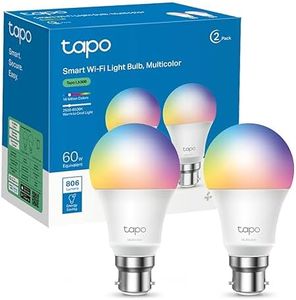
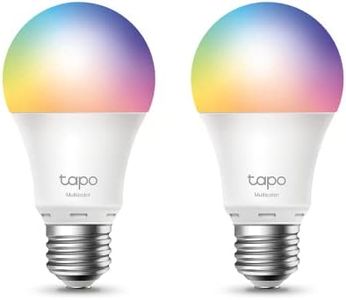
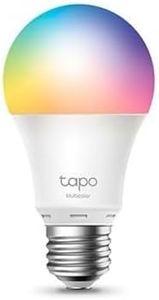

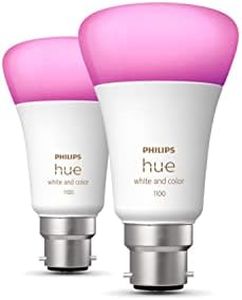
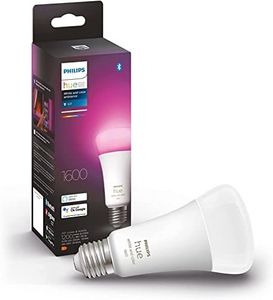
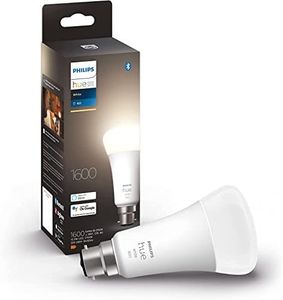
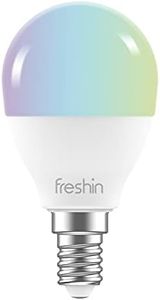
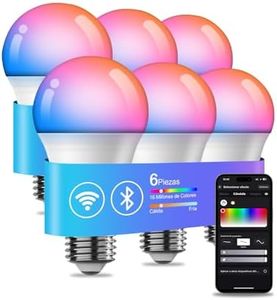
![LIFX Nightvision A60 1200 lumens [E27 Edison Screw], Full Colour with Infrared, Wi-Fi Smart LED Light Bulb, No Bridge Required, Compatible with Alexa, Hey Google, HomeKit and Siri.](https://images-proxy.bestreviews.guide/6lH2aXjIaV7sdOCQsDa76SX1LS8=/0x300/https://m.media-amazon.com/images/I/41KDnCLSBzS._AC_CX679_.jpg)
